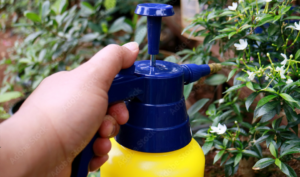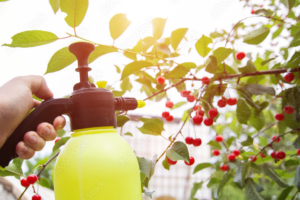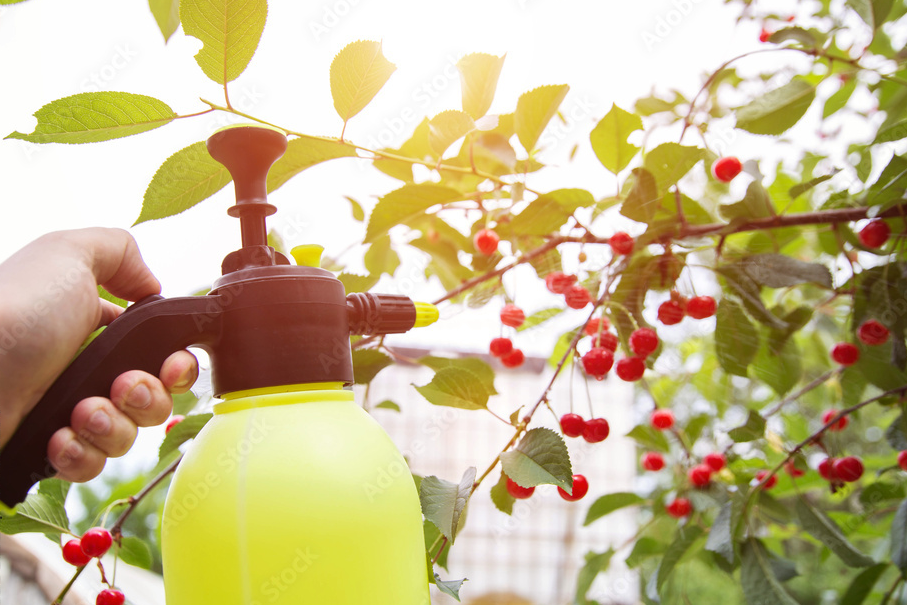PUTTING FOLIAR SPRAYS IN PERSPECTIVE
Rapid and Effective Absorption

It is now known that not only nutrients can be foliar absorbed but also pesticides, growth regulators, organic acids and many carbohydrates. The main advantage of using foliar applied fertilizers is that they can be rapidly and effectively absorbed, ensuring a quick plant response. Because they are so effective they require less fertilizer input and bypass soil fixation and leaching.
Benefits in Stressful Conditions
Another advantage is the fact that they are effective when plants have a restricted root system, periods of environmental stress, seasonal root loss, periods of low photosynthetic output and a corresponding low carbohydrate reserve. Foliar applications of nutrients as a supplementary fertilizer are highly effective.
Factors Affecting Foliar Absorption
Several factors which will affect foliar absorption include relative humidity, temperature, pH of the nutrient solution, variety, age of the leaf, concentration of the nutrient solution, difference in the nutrient compounds (formulations) use of surfactants and the addition of non-nutrient facilitating or carrier-mediated agents.

Modern Advances
The efficacy of modern foliar fertilizers varies significantly and is directly proportional to the quality of the product. Using both organic and inorganic facilitating agents to transport the cations into and throughout the plants has become a very exact science.
Chelating Agents
Many humic and organic materials (notably amino acids) have the capacity to bind substantial amounts of metals and other cations, and they can therefore exert considerable control over the supply and availability of nutrient elements to plants. When the metal ion combines with an electron donor, the resulting substance is said to be a complex. If the donor atoms are attached not only to the metal ion but also to each other as well forming a ring, it creates a chelate.
Effective Application of Foliar Sprays

When applying foliar fertilizer sprays containing the correct form of nutrients, this eliminates the limiting element and influences plant metabolism and photosynthesis. With enhanced photosynthesis the plant begins to produce more carbohydrates and, in the process, requires more water. The stomata on the leaf open allowing water vapor to escape, which reduces the water pressure in the xylem tissue allows more water to flow up the vascular bundle.
Conclusion
Some fertilizer compounds penetrate the waxy cuticle of the leaves with difficulty. In many cases this is due to rapid crystallization of the fertilizer on the leaf surface impeding its subsequent movement through the cuticle. Liquid carbon sources (and amino acids) are a breakthrough in foliar sprays as they facilitate direct absorption through cell membranes.
By: Mike Haupt


One Response
Excellent blog here! Also your website loads up very fast! What web host are you using? Can I get your affiliate link to your host? I wish my web site loaded up as quickly as yours lol